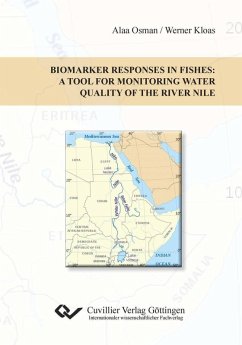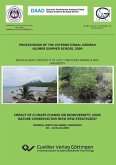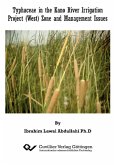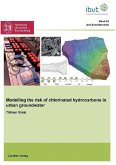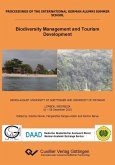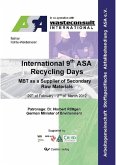One of the most impressive large rivers worldwide is in Egypt the river Nile known since ages for its intense anthropogenic use as well as for increasing pollution along its course from spring to estuary forming presumably a strong gradient of pollutants. Effective management of the river Nile in a manner that supports a sustainable economy and society with sufficient quantity and quality of water is essential. In order to do this, however, improved water quality monitoring is necessary to facilitate resource protection and to understand ecological changes within ecosystems. In past decades, aquatic monitoring programs dealt only with the measurement of physical and chemical variables. Physicochemical analyses alone are insufficient to provide the information about water quality and it is essential to use biological test systems (biomonitoring) with living cells or organisms that provide a general response to the pollutants present in the sample. Biomonitoring takes advantage of the knowledge that chemicals that have entered the organisms leave biomarkers reflecting this exposure. Biomarkers have been proposed as sensitive tools for detecting environmental exposure and adverse effects of toxic anthropogenic chemicals on aquatic organisms. Biomarkers may take many forms - from the assessment of chemical residues in the tissues of living organisms (bioaccumulation level), through to assaying specific biological end points based on changes to various biochemical, physiological, morphological or behavioral characteristics in organisms, as well as traditional ecological community attributes such as abundance and diversity. Biomarkers at the molecular level tend to respond first, followed by responses at the cellular (biochemical), morphological/histological and whole-body levels. Thus, by monitoring molecular, biochemical and physiological parameters biomarkers can be used as an early warning system and the potential harm of an agent can be assessed before more severe disturbances/consequences occur. Within this book, in the interest of clarity, the early warning biomarkers are limited as “rapidly-responding biomarkers” to the sub-organismic changes, such as bioaccumulation biomarkers, molecular biomarkers, biochemical biomarkers, physiological biomarkers, and morphological/histological biomarkers, that can be measured in cells, body fluids, tissues or organs within an organism and are indicative of xenobiotic exposure and/or effect.
Dieser Download kann aus rechtlichen Gründen nur mit Rechnungsadresse in A, B, BG, CY, CZ, D, DK, EW, E, FIN, F, GR, HR, H, IRL, I, LT, L, LR, M, NL, PL, P, R, S, SLO, SK ausgeliefert werden.

